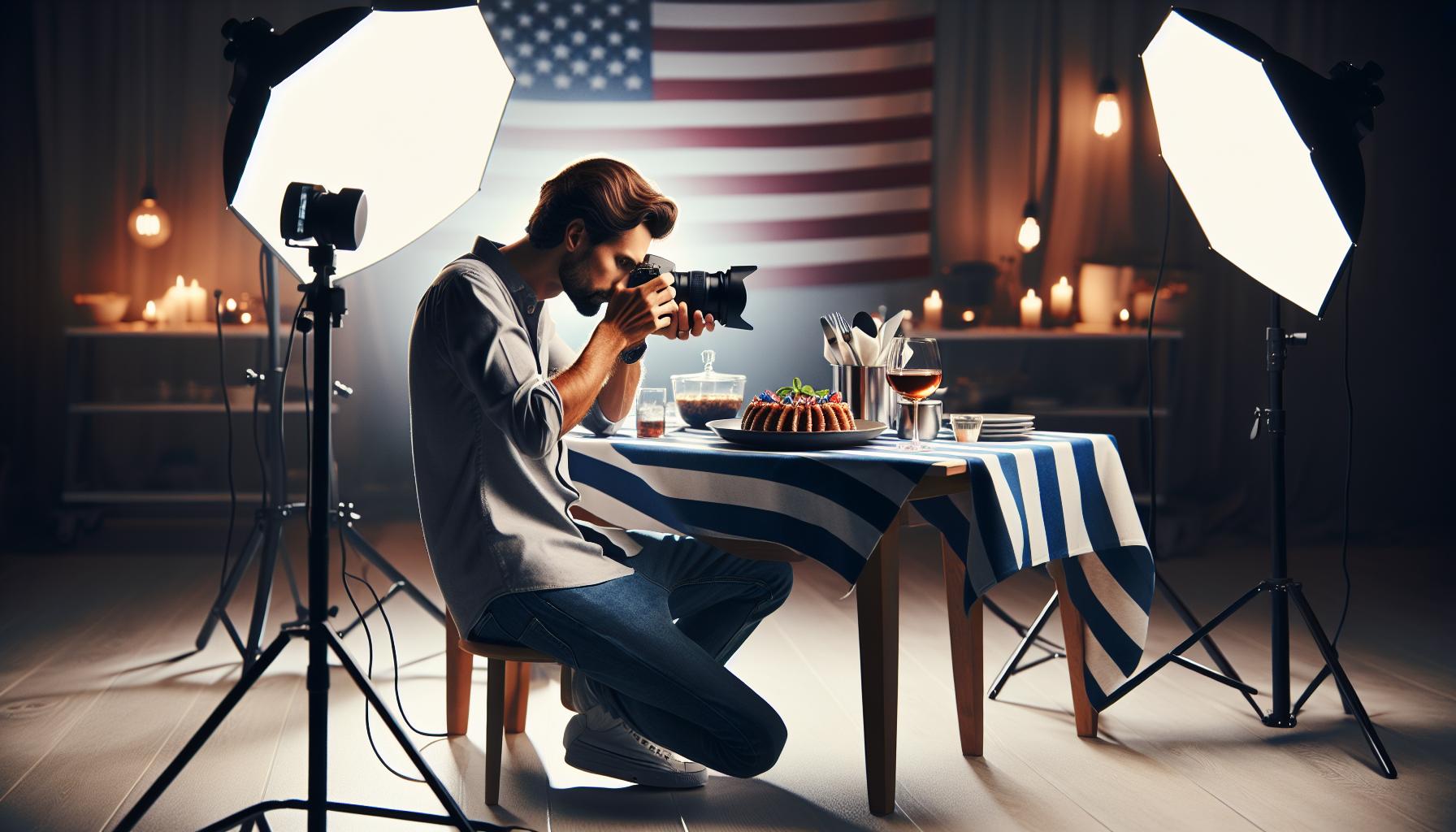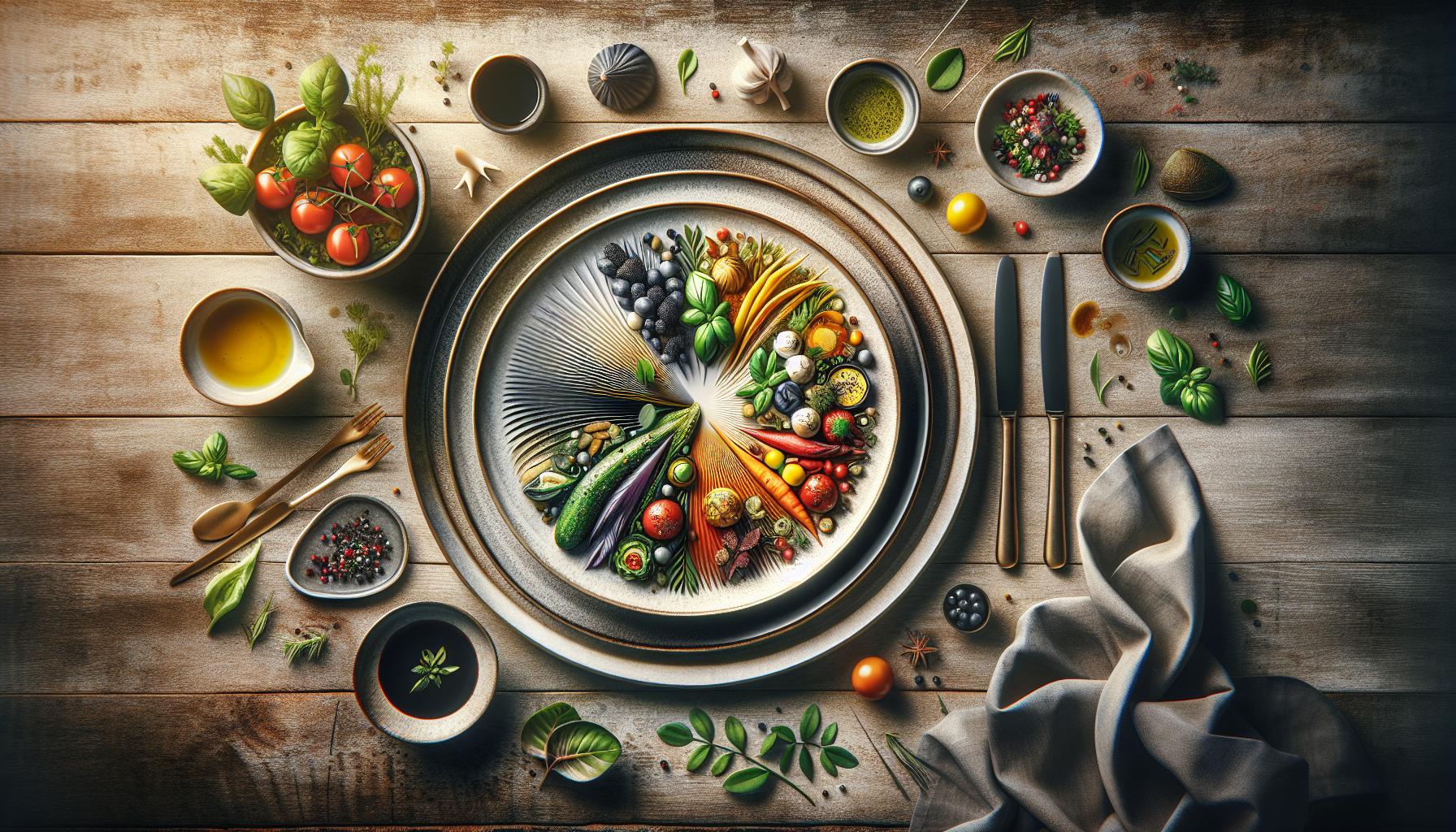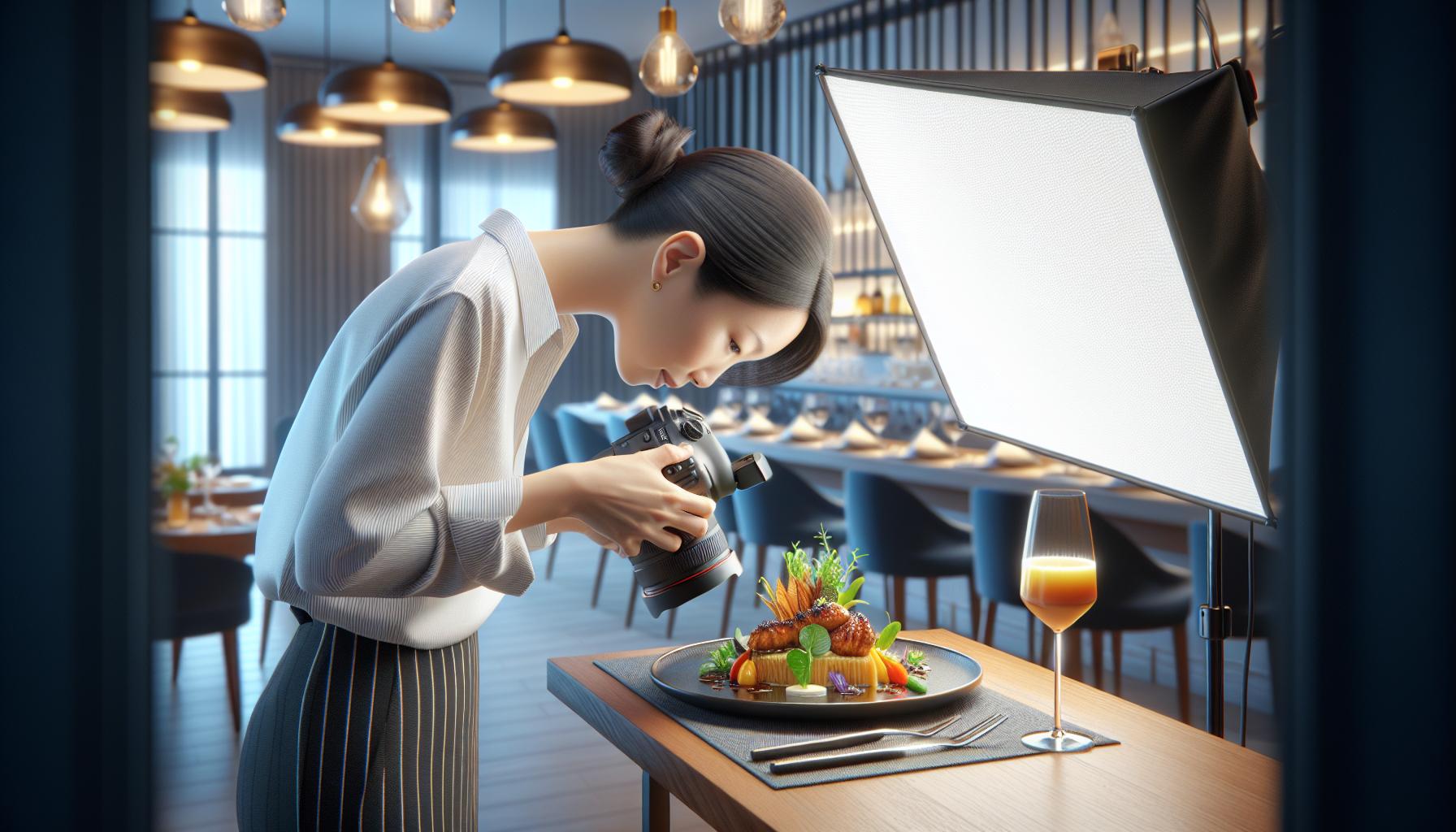Ever wondered why some restaurant menus make you drool while others leave you cold? It’s not just about the food – it’s the magic of professional menu photography that transforms simple dishes into irresistible culinary masterpieces. In today’s Instagram-driven world professional food menu photography has become a crucial ingredient for restaurant success.
From capturing the perfect steam rising from a hot pasta dish to highlighting the glistening glaze on a freshly baked pastry food menu photography is an art that requires both technical expertise and creative flair. Restaurant owners are discovering that investing in quality menu photos isn’t just about pretty pictures – it’s about driving sales and creating an emotional connection with potential customers before they even take their first bite.
Food Menu Photography
Professional food menu photography drives 45% higher engagement on restaurant websites compared to amateur photos. High-quality menu images create an immediate visual connection with potential diners, influencing their ordering decisions before they step into the establishment.
Menu photography impacts three key areas of restaurant operations:
- Sales Performance: Restaurants with professional menu photos report a 30% increase in item sales when compared to text-only menus
- Customer Experience: Clear menu images reduce order confusion by 25% ensuring diners receive exactly what they expected
- Online Presence: Professional food photos generate 3x more social media shares increasing organic reach across platforms
| Impact Area | Statistical Improvement |
|---|---|
| Sales Increase | 30% |
| Order Accuracy | 25% |
| Social Shares | 300% |
Effective menu photography elevates a restaurant’s brand through:
- Visual Branding: Professional photos maintain consistent image quality across all marketing channels
- Menu Engineering: Strategic photo placement highlights high-margin dishes increasing their selection rate
- Digital Integration: High-resolution images optimize display across mobile devices delivery apps websites
Mobile ordering platforms report that menu items with professional photos receive 68% more orders than those without images. Restaurant chains implementing professional menu photography across locations experience a 35% boost in new customer acquisition through digital channels.
Professional food photography transforms standard menu items into memorable visual experiences prompting immediate customer action. Digital menus featuring professional photos reduce customer decision time by 40% leading to improved table turnover rates during peak service hours.
Essential Equipment for Menu Photography

Professional menu photography demands specific equipment to capture appetizing food images that drive sales and engage customers. Each piece of equipment serves a distinct purpose in creating professional-quality photographs.
Camera and Lens Selection
A full-frame digital camera captures menu items with superior detail quality at 24 megapixels or higher. The Canon EOS 5D Mark IV or Sony A7 III deliver exceptional results for food photography with their advanced color reproduction capabilities. A 50mm prime lens produces natural-looking food images without distortion, while a 100mm macro lens captures intricate textures in close-up shots. Professional photographers pair these cameras with f/1.8 to f/2.8 aperture lenses for optimal depth of field control. The camera’s manual mode settings enable precise adjustments to ISO, shutter speed, and white balance for consistent menu photography results.
Lighting Equipment Basics
A dual softbox lighting setup creates even illumination that eliminates harsh shadows in menu photography. The primary light source positions at 45 degrees to the food, while the fill light balances exposure from the opposite side. LED panels rated at 5500K color temperature maintain accurate food coloring in the final images. A collapsible reflector bounces light into shadowed areas, enhancing food texture detail. Diffusion panels measuring 24×36 inches soften direct light for appetizing highlights on glazed or reflective surfaces. Professional photographers incorporate light stands with adjustable heights from 3 to 7 feet for optimal positioning flexibility.
Styling and Composition Techniques

Food menu photography demands meticulous attention to composition elements that transform ordinary dishes into visually compelling images. Professional styling techniques enhance the presentation while maintaining authenticity in food representation.
Plating and Food Arrangement
Food arrangement creates visual interest through strategic placement of ingredients on the plate. Professional food photographers position main ingredients at the center offset by 30 degrees to create depth perception. Layering techniques showcase individual components like proteins herbs garnishes with 25% overlap between elements. Color blocking guides the viewer’s eye by grouping complementary ingredients such as green vegetables red proteins yellow starches in distinct zones. Height variations add dimension with taller elements placed toward the back creating a natural 45-degree slope toward the front of the plate. Sauces drizzles garnishes form leading lines that direct attention to focal points.
Props and Background Selection
Props complement food presentation without overshadowing the main dish. Neutral surfaces like marble slate wooden boards provide texture while maintaining 70% negative space around the subject. Background elements include complementary dinnerware napkins utensils positioned at 45-degree angles to frame the dish. Color coordination matches props to the restaurant’s brand palette using no more than three accent colors per image. Textural elements like linens cutlery glassware remain within a 6-inch radius of the plated food. Fresh ingredients scattered strategically create authenticity with 15% coverage of the total composition area.
Lighting Tips for Menu Photos

Professional lighting transforms ordinary food photos into appetizing menu images that drive customer engagement. Proper lighting techniques highlight textures, colors, and details that make dishes appear irresistible.
Natural vs Artificial Light
Natural daylight provides soft, even illumination for food photography when shooting near north-facing windows during mid-morning or late afternoon. Diffused sunlight creates appetizing highlights and natural-looking shadows that enhance food textures. Artificial lighting offers consistent results through controlled studio setups using softboxes positioned at 45-degree angles. LED panels with color temperatures between 5000-5500K maintain accurate food coloring while eliminating unwanted color casts. Professional photographers combine both lighting types by using artificial fills to complement available natural light, ensuring consistent exposure across multiple menu items.
Creating Mood and Atmosphere
Directional lighting establishes depth and dimension in menu photography through strategic placement of main and fill lights. Side lighting at 90 degrees emphasizes food textures while backlighting creates appealing rim highlights on glasses and translucent ingredients. Dark moody lighting suits upscale dining establishments, achieved using single-source lighting with controlled spill. Bright high-key lighting matches casual dining venues, created using multiple diffused light sources. Color temperature adjustment between 2700K-6500K sets specific moods – warm tones for comfort foods and cool tones for fresh items. Professional photographers match lighting styles to restaurant ambiance, ensuring menu photos align with the dining experience.
Post-Processing Best Practices
Post-processing transforms raw food photographs into polished menu images through precise adjustments in color balance lighting effects textures. Professional editing enhances the visual appeal while maintaining authenticity.
Color Correction and Enhancement
Professional food photographers utilize color grading techniques to enhance food’s natural appeal. Adobe Lightroom’s HSL panel enables precise adjustments to individual color channels creating vibrant yet realistic food tones. Color temperature adjustments between 5200K-5500K maintain natural white balance while selective saturation boosts enhance specific ingredients. RAW image processing preserves 85% more color data compared to JPEG allowing for extensive adjustments without quality loss. Highlight recovery techniques prevent overexposure in bright areas like plates sauces.
Creating Consistency Across Menu Items
Professional editing maintains visual cohesion across all menu items through standardized presets templates. Photographers apply uniform white balance settings exposure levels contrast ratios to create a seamless menu experience. Batch processing ensures identical editing parameters across similar food categories reducing editing time by 60%. Custom color profiles match restaurant branding guidelines maintaining brand identity. Photographers export images at 2048×2048 pixels with 300 DPI resolution optimizing quality for both print digital menus. Reference shots of signature dishes establish baseline editing parameters ensuring consistency in future photo sessions.
Crucial Investment For Modern Restaurant
Professional food menu photography stands as a crucial investment for modern restaurants. High-quality images drive customer engagement boost sales and create lasting first impressions that influence dining decisions.
From selecting the right equipment to mastering lighting techniques and post-processing workflows restaurants can transform their menus into powerful marketing tools. The data shows clear benefits: increased orders improved customer satisfaction and stronger brand presence across digital platforms.
By implementing professional food photography strategies restaurants don’t just showcase their dishes – they create visual stories that resonate with diners and drive business growth in today’s competitive marketplace.

